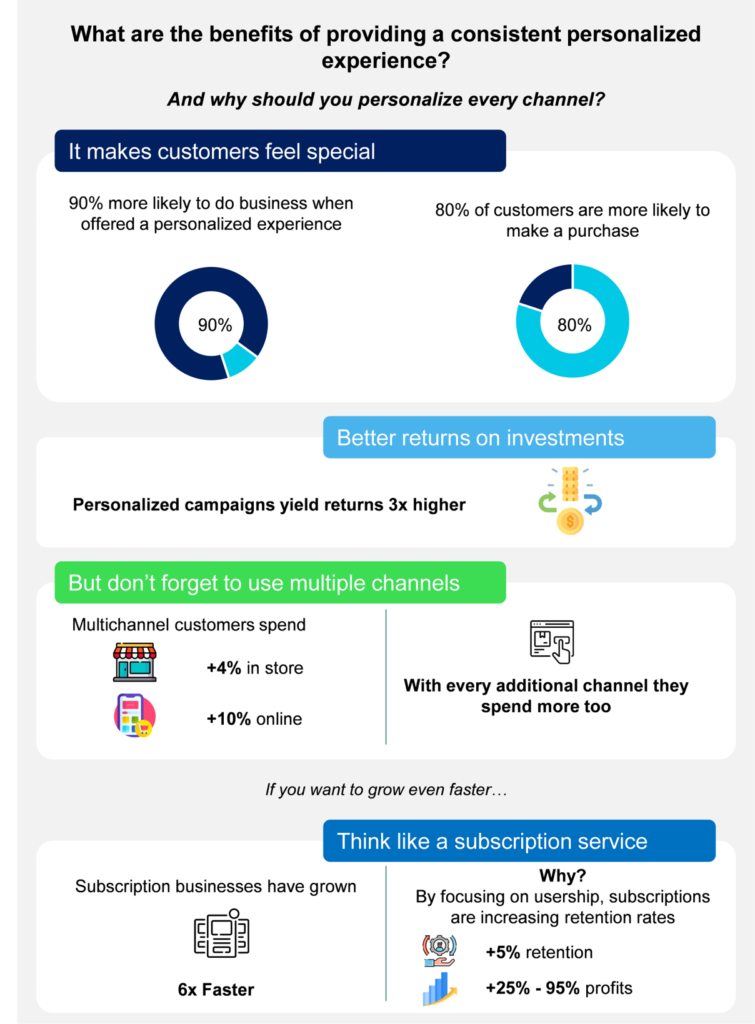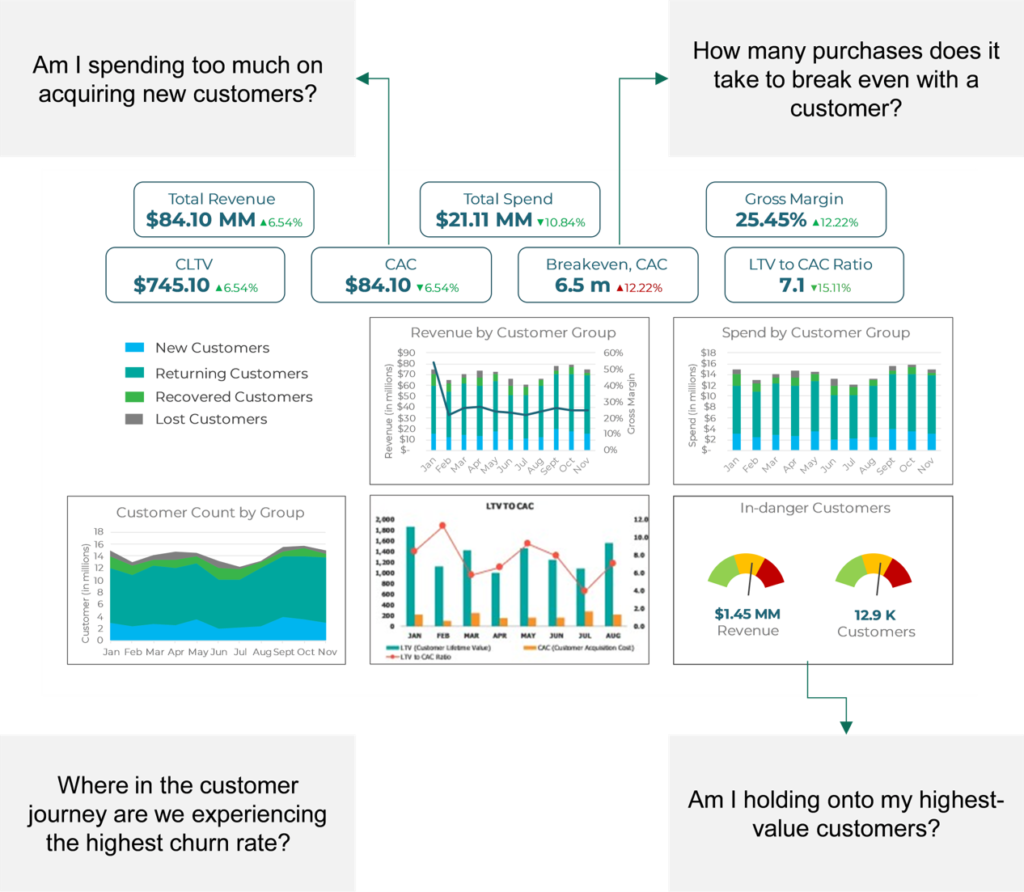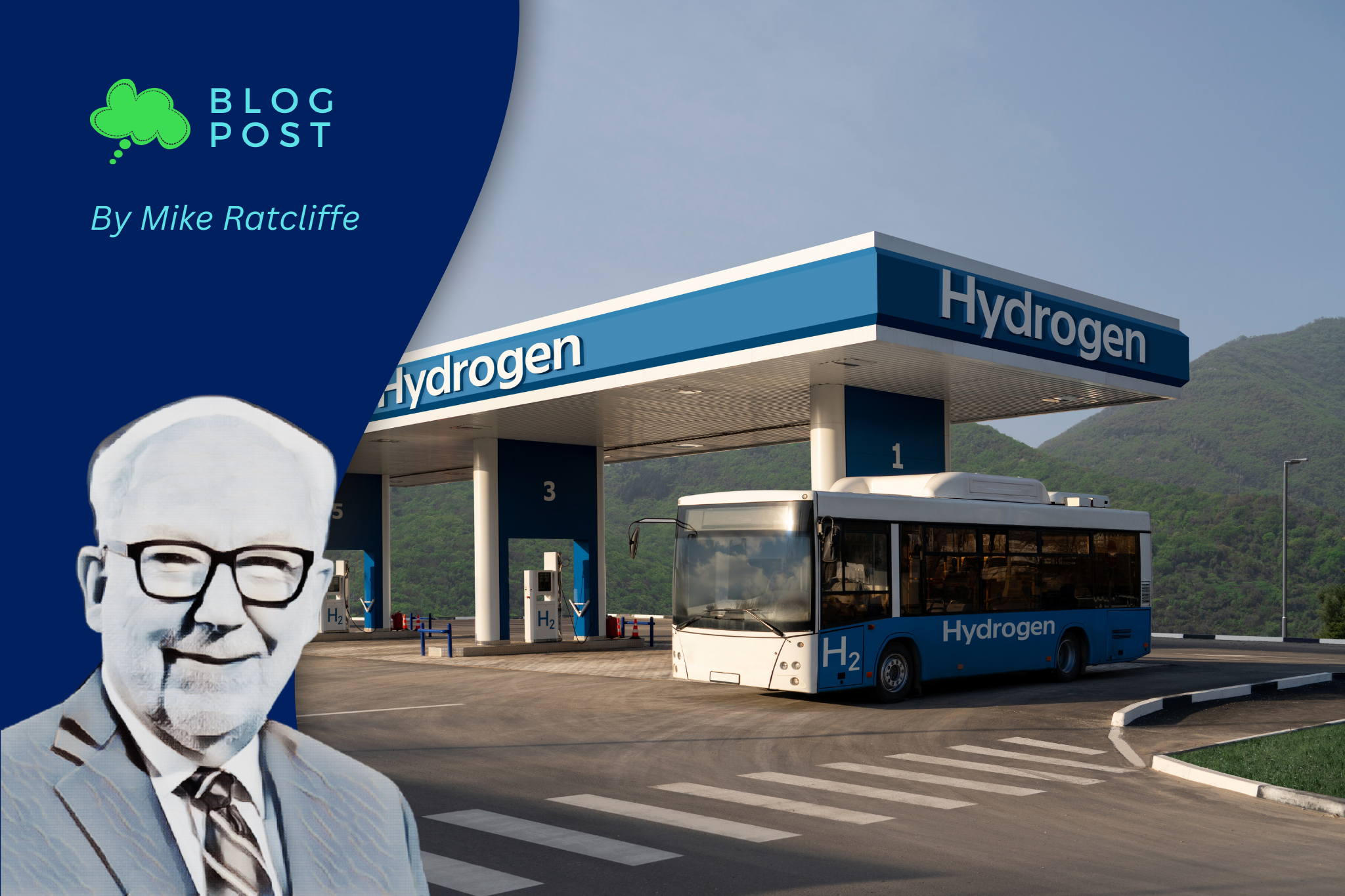What can retailers learn from the software-as-a-service subscription model?
Posted by |
How incorporating software-as-a-service KPIs into sales and marketing help retailers deliver highly targeted experiences and boost customer loyalty?
The software-as-a-service (SaaS) subscription model has been enormously successful in recent years due largely to its ability to retain the highest-value customers over long periods. One study even found that subscription companies grew revenue nearly 6x faster than the S&P 500 over the last 9 years. Much of this success is down to the fact that the subscription model allows for ongoing data collection. With a steady supply of data being fed into an AI- and machine learning-enabled data analytics solution, businesses can continuously optimize their customer-facing operations.

But while the software industry is very different to retail, there is still much retailers can learn from the sector. The most significant of these takeaways is its near-universal adoption of the Saas subscription model. For example, Amazon, one of the biggest retailers in the world, has seen huge success from its Prime subscription plan, which offers customers free next-day delivery. Other examples include Walmart, Target, and Lululemon, all of which are now offering subscription-based services to engage and retain their most loyal and valuable customers.
These are just some examples of why the retail sector needs to take note from the subscription model. At the absolute minimum, this should include the incorporation of subscription-based key performance indicators (KPIs) in its sales and marketing decisions. This will allow them to focus on the most important thing in modern business – customer experience.
Without meaningful engagement in the form of personalization, customers will not be able to derive nearly as much value out of their engagement with your brand. And since the value that customers get out of your brand directly correlates to the value they bring to your bottom line. The customer lifetime value (CLTV) is one of the most important metrics of all. The CLTV formula is a high-level metric that offers an overview of your sales and marketing performance. Here is how to calculate it:
- Customer acquisition cost + (average revenue per customer minus customer retention cost)
- Average revenue per customer = average order value times the average number of purchases.

As you can see from the above, increasing the average order value has a multiplicative effect on the CLTV. Another reason why CLTV is so important is that it helps sales and marketing teams balance their efforts between minimizing customer acquisition costs and maximizing customer retention. After all, it costs an average of five times more to acquire a new customer as it does to keep an existing one. Ultimately, knowing your CLTV will help you answer important questions like the following:
- Am I spending too much on acquiring new customers?
- How many purchases does it take to break even with a customer?
- Am I holding onto my highest-value customers?
- Where in the customer journey are we experiencing the highest churn rate?

The most important takeaway here is that, with the subscription model, you no longer consider each transaction as an individual event but rather as part of the ongoing customer journey. Instead, customers engage with you over a series of transactions and touchpoints, each of which influences the next. If you are measuring your business’s performance in that way, you will get to understand who your customers are and how to increase the CLTV of your highest-value customers.
Herein lies the value of data science. A modern business intelligence or data analytics platform powered by AI and machine learning (ML) can translate all transactional and subscription data into actionable insights that drive informed decision-making.
















